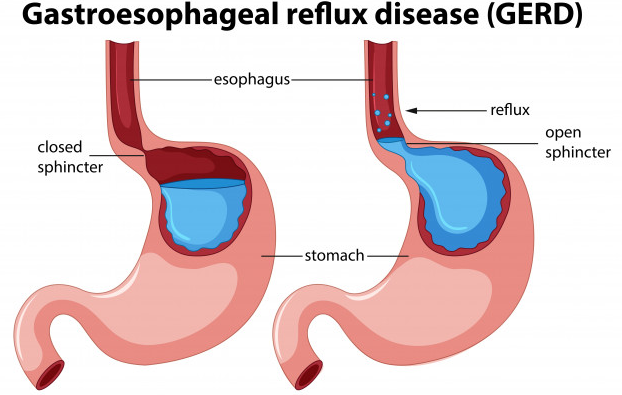Tympanoplasty is called as eardrum repair performed to reconstruct the eardrum (a perforated tympanic membrane) or the small bones of the middle ear. Chronic infection or trauma to the eardrum may result in Eardrum perforation. The tympanic membrane is a three-layer structure where the outer and inner layers consist of epithelium cells. Perforations are the result of defects in the middle layer, which contains elastic collagen fibers.
An interesting fact to know is that small perforations heal naturally, however, the larger defect or if there is a poor blood supply or an infection during the healing process, do not. The purpose of the surgery is to repair the perforated eardrum and the middle ear bones that consist of the incus, malleus, and stapes. For some people, eardrum grafting may be required, when it is the case, grafts are taken from a vein or muscle sheath on the lobe of the ear. Synthetic materials may also be used if patients have had previous surgeries or have limited graft availability.
Ear disorders leading to temporary or permanent hearing loss affect all ages and it's not gender biased as well. In India, nearly 60% of the population who have hearing loss is under the age of 65. Evidently, the need for surgery of hearing disorder is quite high. The best procedure to treat a hearing disorder or perforated eardrum is tympanoplasty, it is successful in over 90% of cases. Generally, the operation relieves pain & infection symptoms completely.
How can we diagnose the need for tympanoplasty?
The physician can perform a microscopic examination (Otoscopy) of the ear including an audiogram and history of the hearing loss, vertigo or facial weakness. Otoscopy is used to assess the mobility of the eardrum and the malleus. It is performed to examine the external auditory canal; the tunnel which leads from the outer ear to the eardrum.
Types and Procedures of Tympanoplasty:
There are five types of tympanoplasty which are as follows:
Type I tympanoplasty only involves the restoration of the perforated eardrum by grafting
Type II tympanoplasty involves grafting onto the incus or the remains of the malleus and is used for tympanic membrane perforations with the erosion of the malleus
Type III tympanoplasty involves placing a graft onto the stapes and providing protection for the assembly
Type IV tympanoplasty involves placing a graft onto or around a mobile stapes footplate and used for ossicular destruction
Type V tympanoplasty involves the fixing of the footplate of the stape
As per the type, the surgery can be performed under local or general anesthesia. In the case of small perforations, Type I tympanoplasty is performed with intravenous sedation. An incision is made into the ear canal, the eardrum is elevated away & lifted up from the bony ear canal. The surgeon uses an otoscope to enlarge the view of the ear structures. When the perforation is rather large, it may be imperative to perform an incision behind the ear. This elevates the entire outer ear forward and provides access to the perforation. When the hole is fully exposed, the perforated remains is rotated forward, and the bones of hearing are scrutinized. If a scar tissue exists, it can be removed either with micro hooks or laser.
Afterward, the tissue is taken either from the back of the ear or from a vein and the same are thinned and dried. An absorbable gelatin sponge is located under the eardrum to support the graft. The graft is then inserted beneath the remaining eardrum portion, which is folded back onto the perforation to provide closure. A really thin sheet is placed against the top of the graft in many cases to prevent it from sliding out of the ear if the patient sneezes.
Do I need to make any special arrangement?
Preparation for surgery depends on the type of tympanoplasty is recommended by the ENT specialist. Although, in all procedures, blood & urine samples are analyzed and hearing tests are conducted before the surgery.
What are the precautions after the treatment?
Since Tympanoplasty is a daycare procedure, a patient can return home the very same day. Antibiotics, decongestants and mild pain reliever are given if there is cold or allergy. The packing is removed after 10 days and the otoscopy is performed to assess if the graft was successful. You also have to remember to keep water away from the ear, and not blow your nose. Most of the patients can return to work or regular routine after 2-3 days, or 1 to 3 weeks if they perform heavy physical labor which is frowned upon. When packing is completely removed, it is analyzed under the operating microscope whether or not the graft has fully taken.



0 Comments